Energy Efficient Resource Allocation Scheme Based on Inactive Users in Small Cell Networks
-
摘要:
针对5G网络中因小区重叠覆盖区域的干扰问题,为缓解密集小蜂窝网络中移动用户的业务连续性,提高频谱资源利用率,进而最大化整个网络平均能量效率问题。该文提出一种基于不活跃用户的最优能量效率资源分配方案(EEI)。首先,该方案依据不活跃用户通知区域,建立以用户为中心的虚拟小区,小区内小蜂窝基站可协作为用户提供通信服务,提高用户通信质量,缓解小蜂窝同层干扰,减少切换信令开销。其次,基于Lyapunov优化理论,该方案将整体网络平均能量效率优化问题,转换为用户最优传输资源分配和最优功率分配两个子问题,在最大化系统平均能量效率同时保证系统队列稳定性。由于该文将原优化问题进行了松弛,所得结果是局部最优解,而不是全局最优解。仿真结果表明,该文提出的基于不活跃用户的最优能量效率资源分配算法,其系统能量效率优于对比算法而计算复杂度较高。
Abstract:Considering the interference problem of overlapping areas of cells, the service continuity of mobile users and the utilization of spectrum resources in the 5G network, an Energy Efficient resource allocation scheme for the Inactive user(EEI) is proposed. Firstly, a user-centered virtual cell is generated based on the notification area of the inactive users, and the intra-cell next-generation NodeBs (gNBs) could cooperatively provide communication services for users to improve the communication quality, lower the inter-cell interference, and reduce the handover signaling overhead. Secondly, Lyapunov optimization method is used to maximize the energy efficiency of the network, while ensuring the stability of the data queue. To make the optimization problem tractable, the scheme is decomposed into two sub-problems: the optimal transmission resource allocation and optimal transmission power allocation. Notice that, the optimal solutions are local optimal, which are based on the relaxed optimization problem. The simulation results show that the proposed energy efficiency resource allocation scheme based on the inactive users could achieve a better performance than the comparison algorithms,in the price of higher computational complexity.
-
算法1:最优传输资源分配算法(OTRA) 1. 初始化${G_k}$, ${R_m}$,令$k = \left\{ {1,2,···,K} \right\}$, $N = \left\{ {1,2,···,N} \right\}$, $s = \left\{ {1,2,···,M} \right\}$, $i = K$。 2. 每个用户分配一个RB,为用户构造一个3维信道增益矩阵${{H}}'\left( {K,N,M} \right)$ (1).遍历信道增益矩阵${{H}}$,找到最大值${h_{k,n,m}}$, ${G_k} = {G_k} + \left\{ m \right\}$, ${R_m} = {R_m} + \left\{ n \right\}$,更新$k = k - \left\{ k \right\}$, $N = N - \left\{ n \right\}$; (2).删除${{H}}\left( {k,N,M} \right)$, ${{H}}\left( {:,n,:} \right)$,更新$i = i - 1$,返回(1); (3).直到${\left| N \right|_{\rm re}} = N - K$, ${\left| S \right|_{\rm re}} = M - x\,$ $(1 \le x \le M)$, $i = 0$。 3. 分配RB给剩余的gNB,基于步骤1,构造一个新的3维信道增益矩阵${{H}}'\left( {K,N - K,M - x} \right)$ (1).遍历矩阵${{H}}'$,找到最大值$h{'_{k',n',m'}}$, ${G_{k'}} = {G_{k'}} + \left\{ {m'} \right\}$, ${R_{m'}} = {R_{m'}} + \left\{ {n'} \right\}$,更新${N_{\rm re}} = {N_{re}} - \left\{ {n'} \right\}$, ${S_{\rm re}} = {S_{\rm re}} - \left\{ {m'} \right\}$; (2).删除${{H}}'\left( {:,n',:} \right)$, ${{H}}'\left( {:,:,m'} \right)$,更新${\left| S \right|_{\rm re}} = M - x - 1$,返回(1); (3). 直到${\left| N \right|_{\rm re}} = N - K - M + x$, ${\left| S \right|_{\rm re}} = 0$。 4. 分配剩余的RB给用户,构造3维信道增益矩阵${H''}\left( {K,N - K - M + x,M} \right)$ (1).遍历矩阵${H''}$,找到最大值${h''_{k'',n'',m''}}$, ${R_{m''}} = {R_{m''}} + \left\{ {n''} \right\}$,更新${N_{{\rm{re}}}} = {N_{{\rm{re}}}} - \left\{ {n''} \right\}$; (2).删除${H''}\left( {:,n''',:} \right)$,更新${\left| N \right|_{{\rm{re}}}} = N - K - M + x - 1$; (3).直到${\left| N \right|_{{\rm{re}}}} = 0$。 5. 算法结束 -
ALLAL I, MONGAZON-CAZAVET B, AL AGHA K, et al. A green small cells deployment in 5G — switch ON/OFF via IoT networks & energy efficient mesh backhauling[C]. 2017 IFIP Networking Conference (IFIP Networking) and Workshops, Stockholm, Sweden, 2017: 1–2. LAGEN S, AGUSTIN A, VIDAL J, et al. Distributed user-centric clustering and precoding design for CoMP joint transmission[C]. 2015 IEEE Global Communications Conference, San Diego, USA, 2015: 1–7. doi: 10.1109/GLOCOM.2015.7417090. ZARIFI K, BALIGH H, MA Jianglei, et al. Radio access virtualization: Cell follows user[C]. The 25th IEEE Annual International Symposium on Personal, Indoor, and Mobile Radio Communication, Washington, USA, 2014: 1381–1385. doi: 10.1109/PIMRC.2014.7136384. HUAWEI and HISILICON. Tdoc R2–1712576 RAN-based notification area configuration[S]. Reno, Nevada, USA: 3GPP, 2017. MENG Na, ZHANG Hongtao, and LU Haitao. Virtual cell-based mobility enhancement and performance evaluation in ultra-dense networks[C]. 2016 IEEE Wireless Communications and Networking Conference, Doha, Qatar, 2016: 1–6. doi: 10.1109/WCNC.2016.7564915. DA SILVA I L, MILDH G, SÄILY M, et al. A novel state model for 5G Radio Access Networks[C]. 2016 IEEE International Conference on Communications Workshops, Kuala Lumpur, Malaysia, 2016: 632–637. doi: 10.1109/ICCW.2016.7503858. CATT. Tdoc R2–1710287 RAN-based notification area configuration[S]. Prague, Czech Republic: 3GPP, 2017. BAGAA M, TALEB T, and KSENTINI A. Efficient tracking area management in carrier cloud[C]. Procee2015 IEEE Global Communications Conference, San Diego, USA, 2015: 1–6. doi: 10.1109/GLOCOM.2015.7417110. BAGAA M, TALEB T, and KSENTINI A. Efficient tracking area management framework for 5G networks[J]. IEEE Transactions on Wireless Communications, 2016, 15(6): 4117–4131. doi: 10.1109/TWC.2016.2535217 RAO J B and FAPOJUWO A O. An analytical framework for evaluating spectrum/energy efficiency of heterogeneous cellular networks[J]. IEEE Transactions on Vehicular Technology, 2016, 65(5): 3568–3584. doi: 10.1109/TVT.2015.2448593 WANG Feng, CHEN Wen, TANG Hongying, et al. Joint optimization of user association, subchannel allocation, and power allocation in multi-cell multi-association OFDMA heterogeneous networks[J]. IEEE Transactions on Communications, 2017, 65(6): 2672–2684. doi: 10.1109/TCOMM.2017.2678986 LI Yuzhou, SHI Yan, SHENG Min, et al. Energy-efficient transmission in heterogeneous wireless networks: A delay-aware approach[J]. IEEE Transactions on Vehicular Technology, 2016, 65(9): 7488–7500. doi: 10.1109/TVT.2015.2472578 BOYD S, VANDENBERGHE L, and FAYBUSOVICH L. Convex optimization[J]. IEEE Transactions on Automatic Control, 2006, 51(11): 1859. doi: 10.1109/TAC.2006.884922 PALOMAR D P and CHIANG M. A tutorial on decomposition methods for network utility maximization[J]. IEEE Journal on Selected Areas in Communications, 2006, 24(8): 1439–1451. doi: 10.1109/JSAC.2006.879350 LI Yuzhou, SHENG Min, ZHANG Yan, et al. Energy-efficient antenna selection and power allocation in downlink distributed antenna systems: A stochastic optimization approach[C]. 2014 IEEE International Conference on Communications, Sydney, Australia, 2014: 4963–4968. doi: 10.1109/ICC.2014.6884107. HE Chunlong, LI G Y, ZHENG Fuchun, et al. Energy-efficient resource allocation in OFDM systems with distributed antennas[J]. IEEE Transactions on Vehicular Technology, 2014, 63(3): 1223–1231. doi: 10.1109/TVT.2013.2282373 XU Guozhen, LIU An, JIANG Wei, et al. Joint user scheduling and antenna selection in distributed massive MIMO systems with limited backhaul capacity[J]. China Communications, 2014, 11(5): 17–30. doi: 10.1109/CC.2014.6880457 -





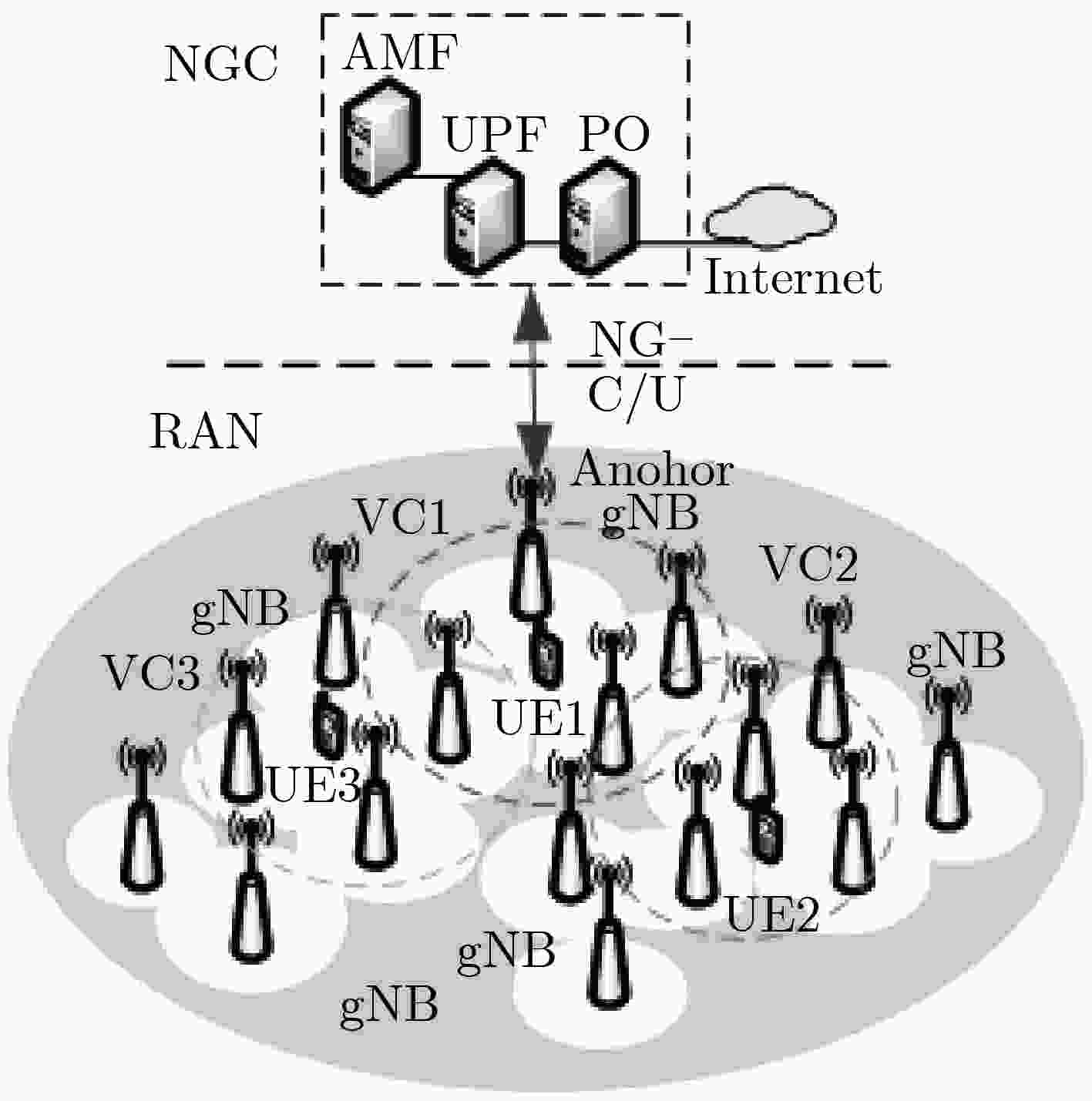
 下载:
下载:
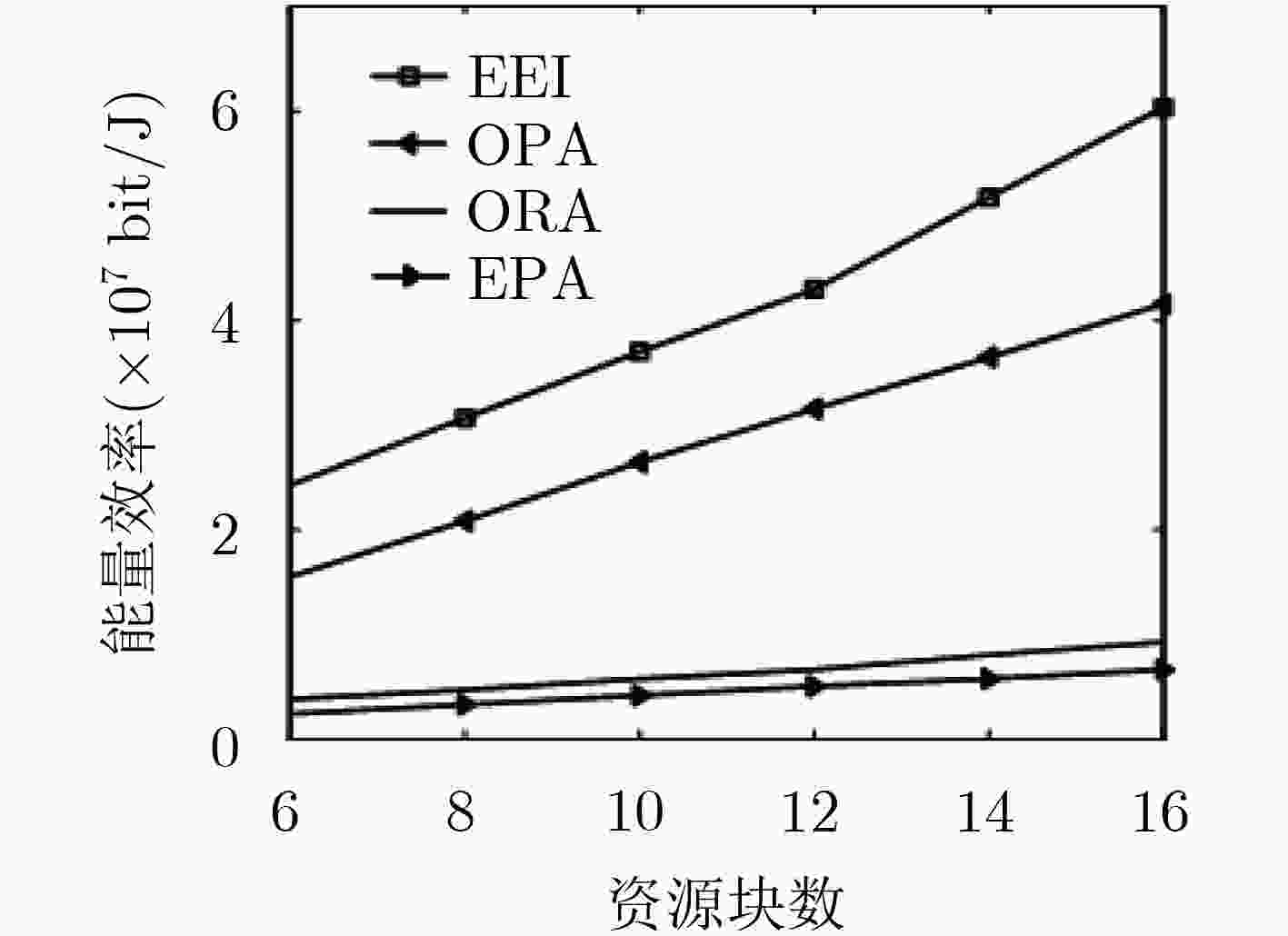
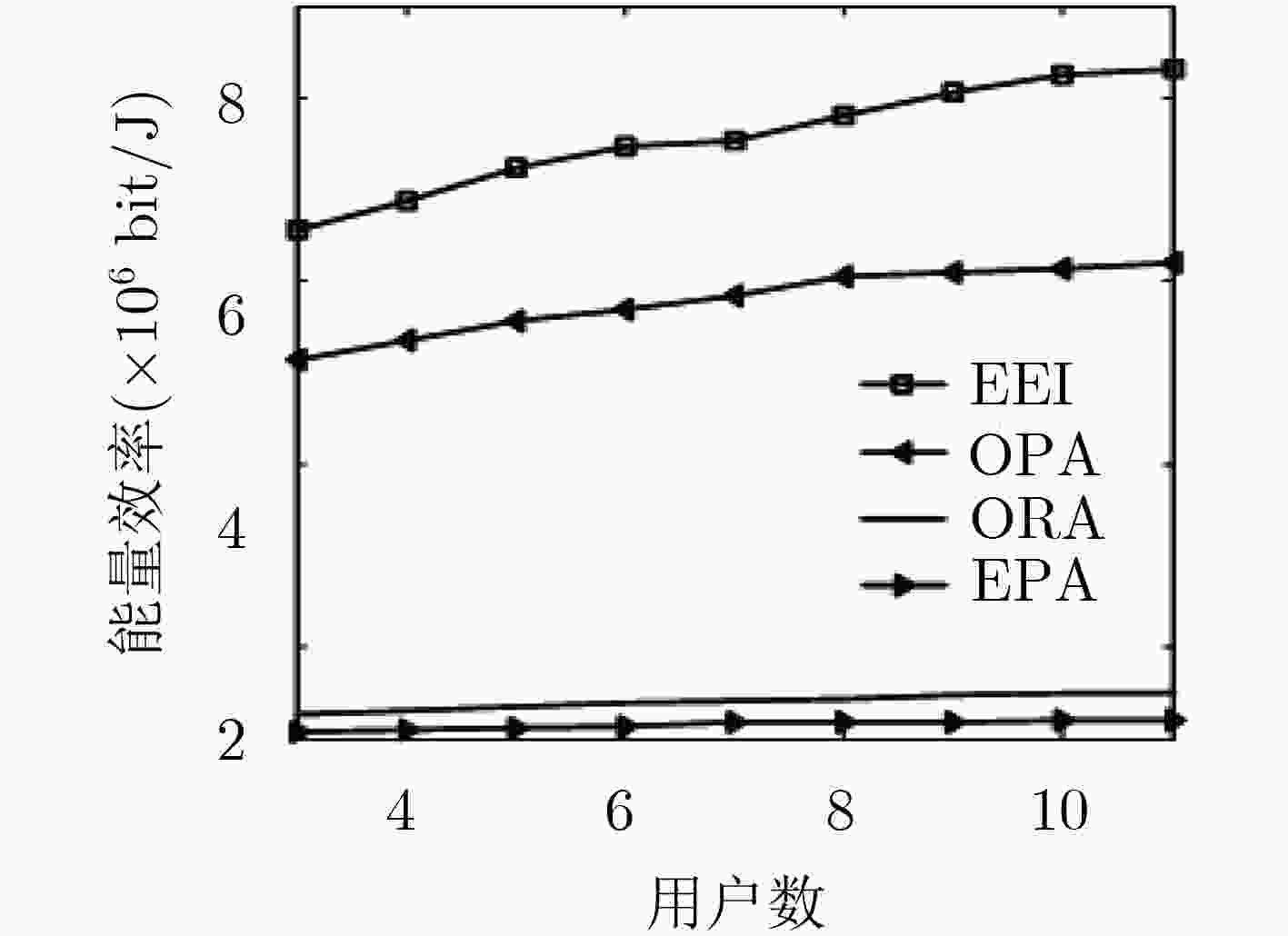
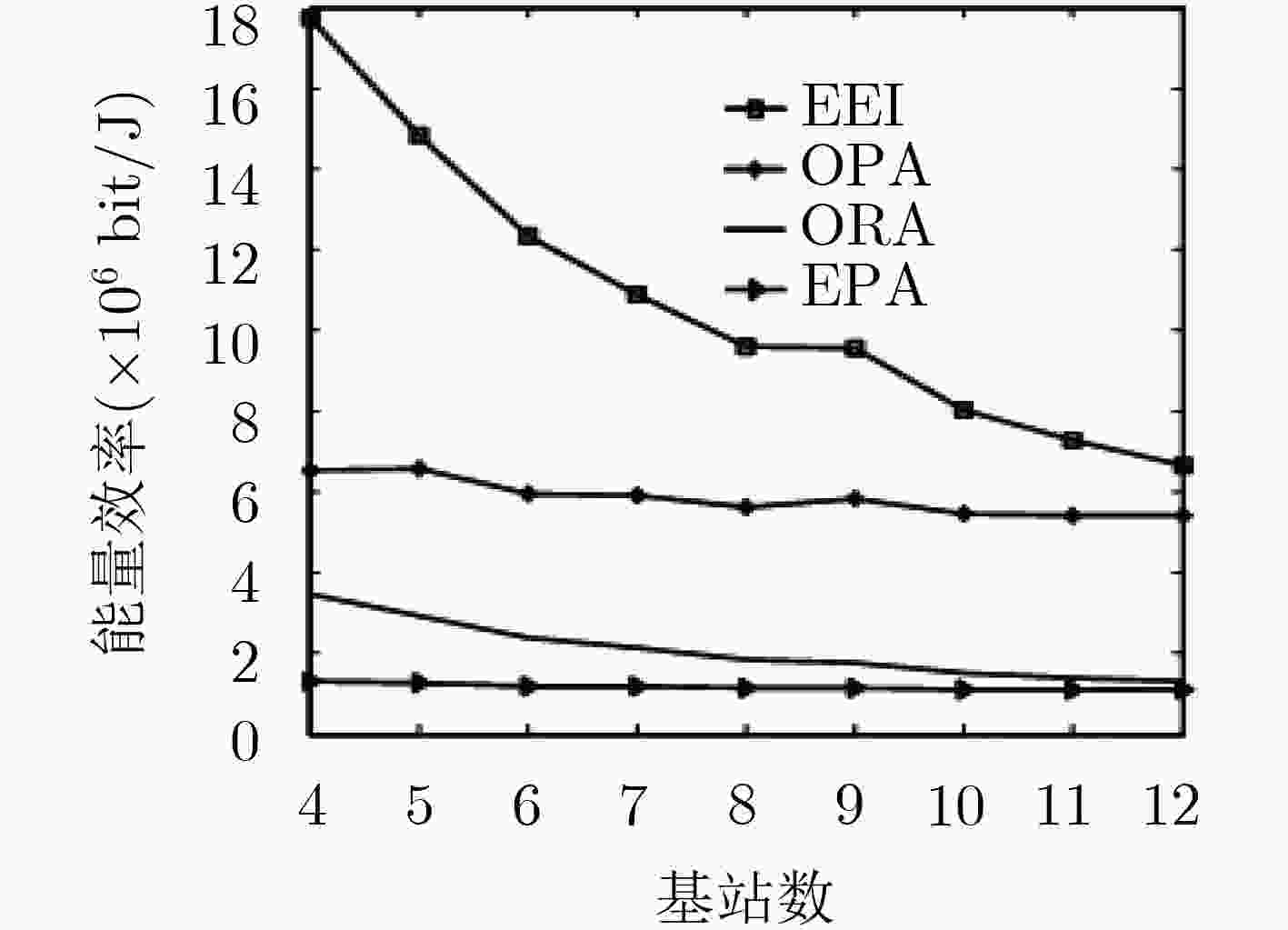
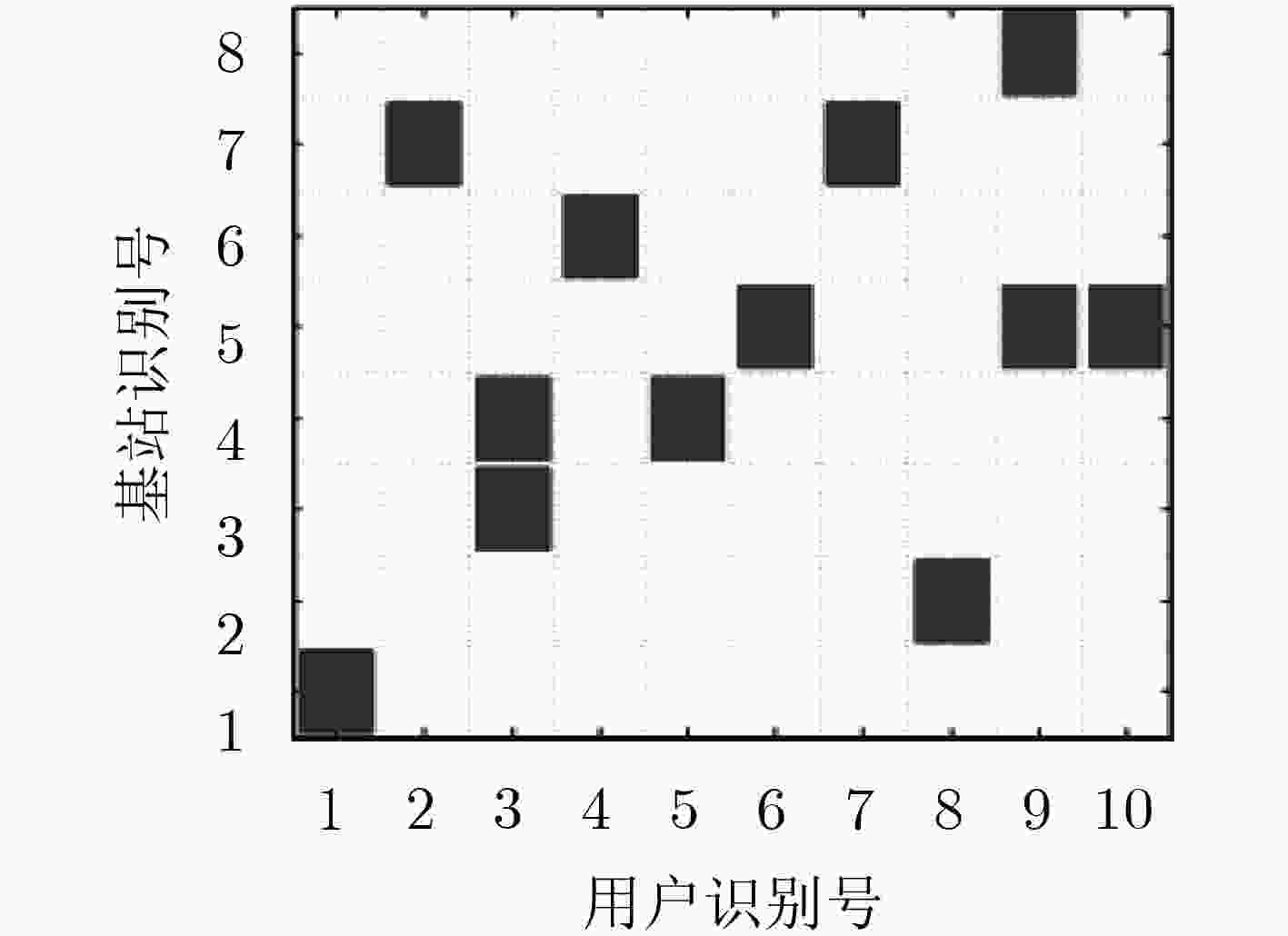
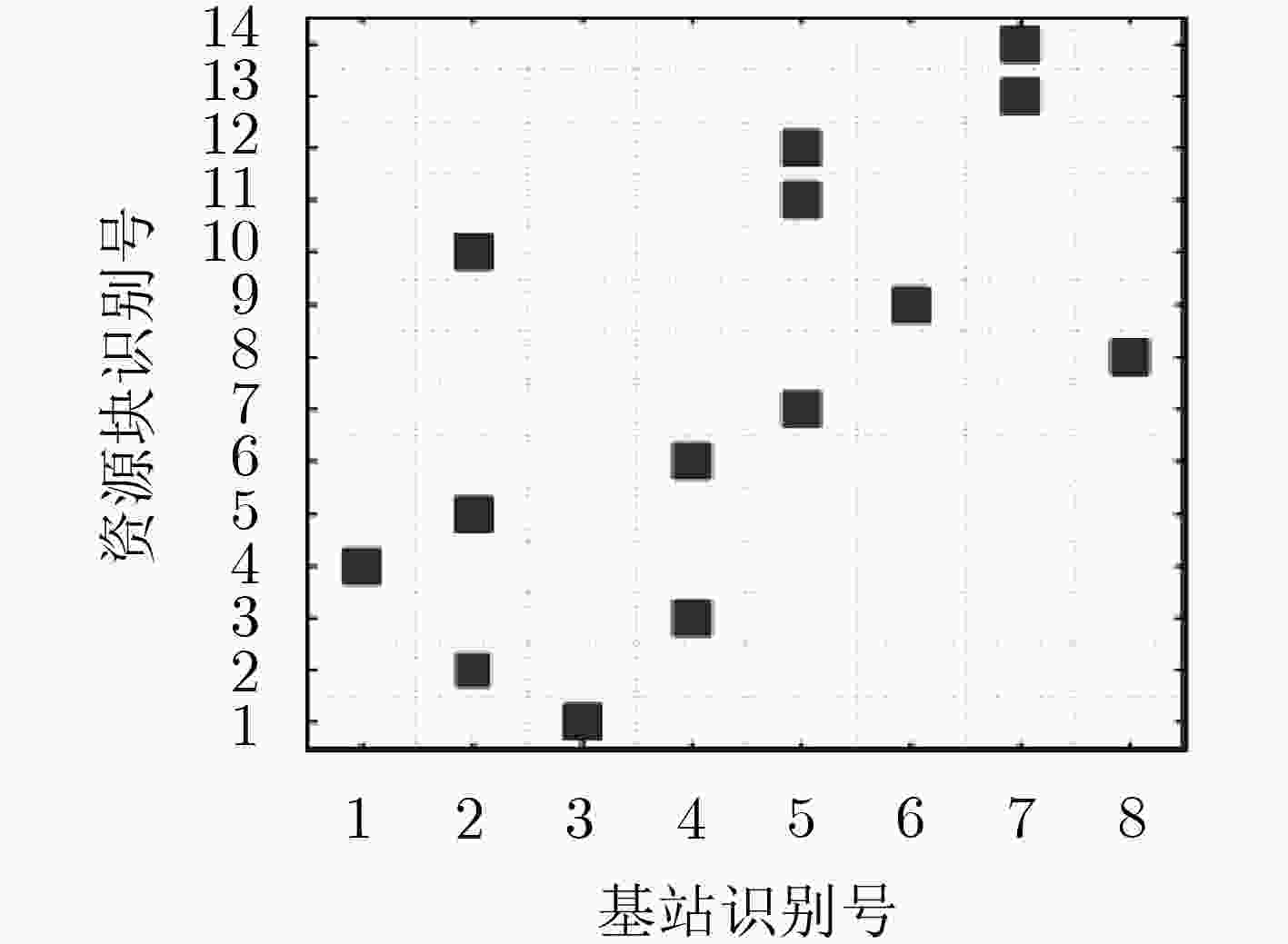
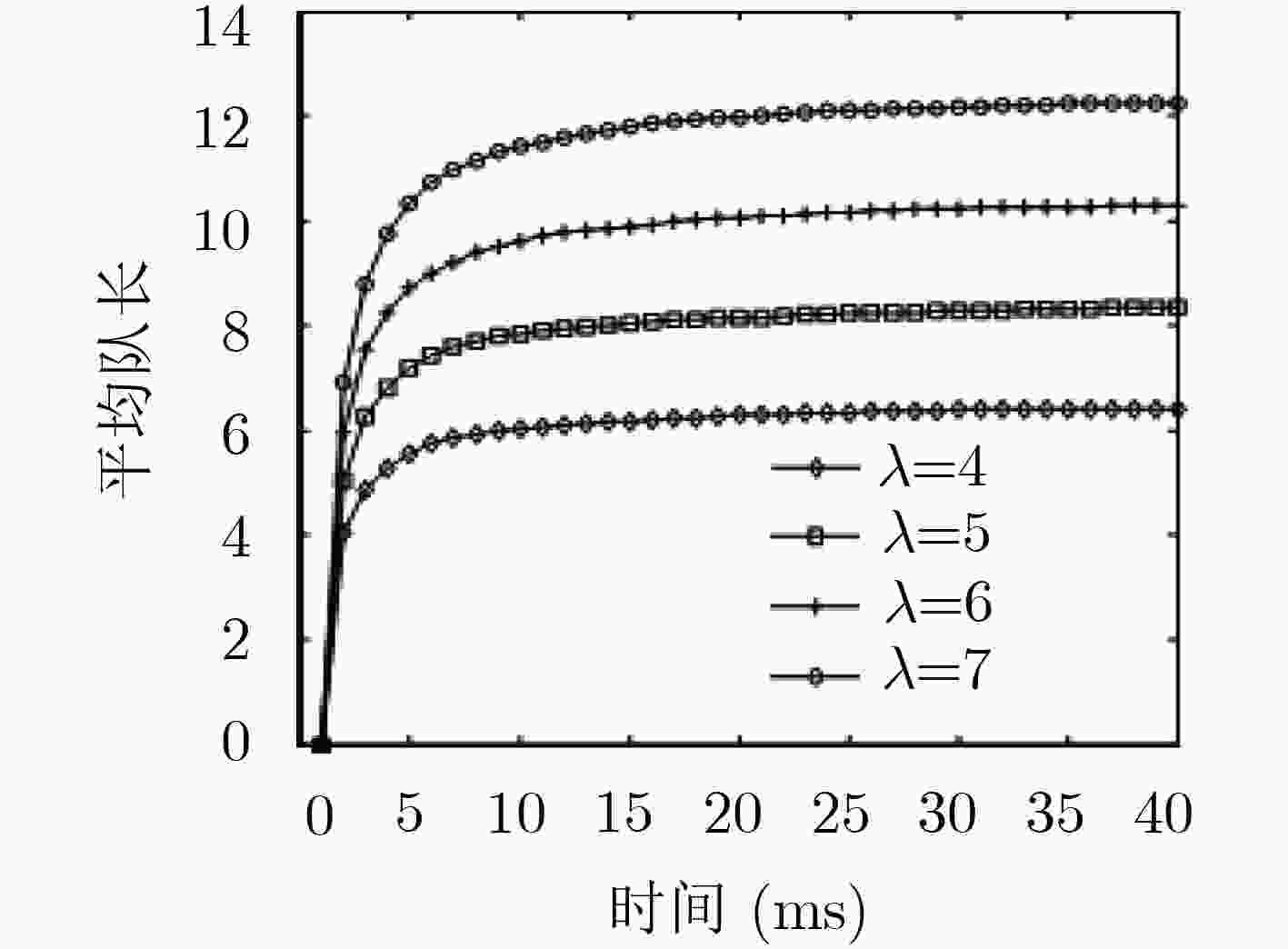


 下载:
下载:
